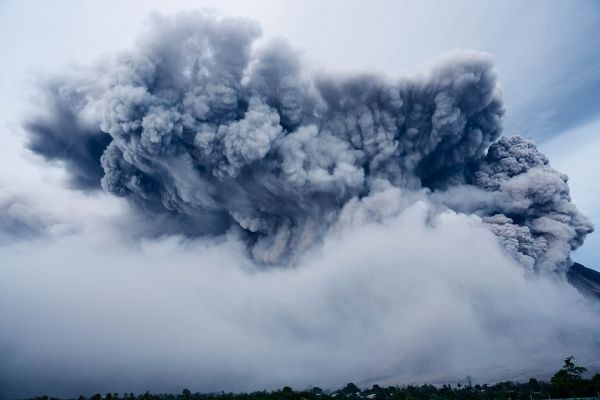For many people, the mention of a volcanic eruption conjures up doomsday scenarios that include deafening explosions, dark ash billowing into the stratosphere and gloopy lava burying everything in its path as panicked humans run for their lives. While such an eruption could theoretically happen tomorrow, we have had to make do with disaster films and books when it comes to truly massive volcanic eruptions in the modern era.
"We haven’t experienced any of history’s largest volcanic eruptions. We can see that now. Eyjafjellajökull, which paralysed European air traffic in 2010, pales in comparison to the eruptions we identified further back in time. Many of these were larger than any eruption over the last 2,500 years," says Associate Professor Anders Svensson of the University of Copenhagen’s Niels Bohr Institute.
By comparing ice cores drilled in Antarctica and Greenland, he and his fellow researchers managed to estimate the quantity and intensity of volcanic eruptions over the last 60,000 years. Estimates of volcanic eruptions more than 2,500 years ago have been associated with great uncertainty and a lack of precision, until now.
Read more at University of Copenhagen - Faculty of Science
Photo Credit: Pexels via Pixabay


